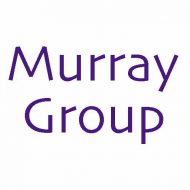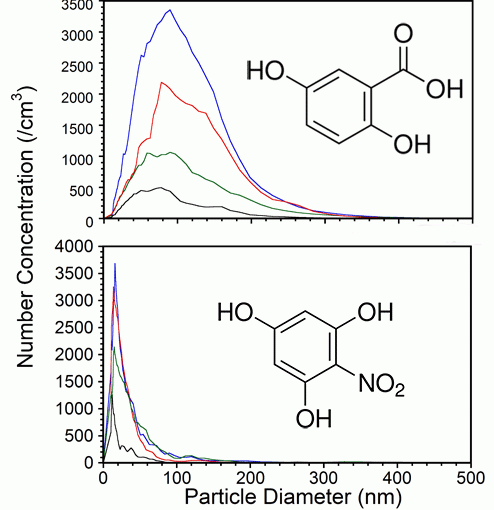T. Musapelo, K.K. Murray, Particle production in reflection and transmission mode laser ablation: implications for laserspray ionization, J. Am. Soc. Mass Spectrom. 24 (2013) 1108–1115. doi:10.1007/s13361-013-0631-z.
Abstract: Particles were ablated from laser desorption and inlet ionization matrix thin films with a UV laser in reflection and transmission geometries. Particle size distributions were measured with a combined scanning mobility particle sizer (SMPS) and aerodynamic particle sizer (APS) system that measured particles in the size range from 10 nm to 20 μm. The matrixes investigated were 2,5-dihydroxybenzoic acid (DHB), α-cyano-4-hydroxycinnamic acid (CHCA), sinapic acid (SA), 2,5-dihydroxy-acetophenone (DHAP), and 2-nitrophloroglucinol (NPG). Nanoparticles with average diameters between 20 and 120 nm were observed in both transmission and reflection geometry. The particle mass distribution was significantly different in reflection and transmission geometry. In reflection geometry, approximately equal mass was distributed between particles in the 20 to 450 nm range of diameters and particles in the 450 nm to 1.5 μm diameter range. In transmission mode, the particle mass distribution was dominated by large particles in the 2 to 20 μm diameter range. Ablation of inlet ionization matrices DHAP and NPG produced particles that were 3 to 4 times smaller compared with the other matrices. The results are consistent with ion formation by nanoparticle melting and breakup or melting and breakup of the large particles through contact with heated inlet surfaces.



